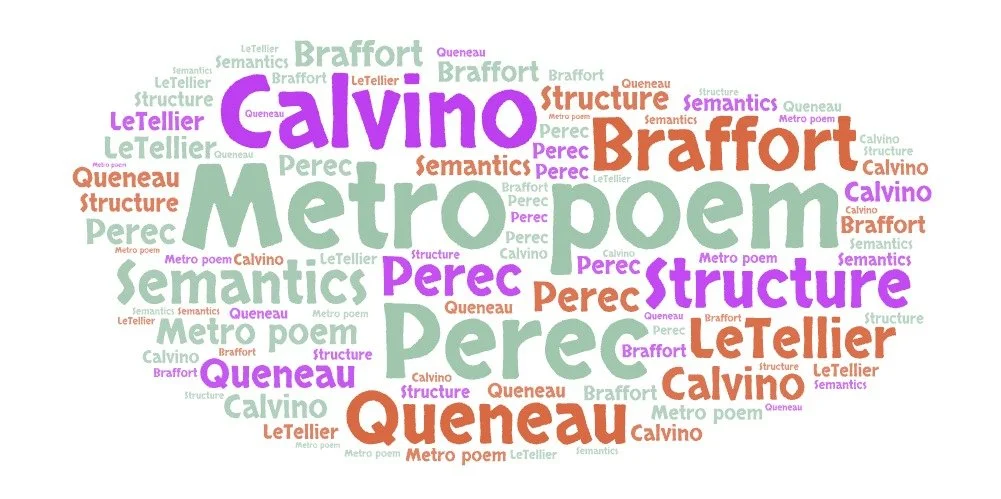The article below contains a hidden message stating the title of my desired course. The message is hidden in plain sight using a well-established technique in the text, which has then been further processed using a standard Oulipo approach.

Zoom meeting, by Terry Freedman
Every so often I come up with what I think is a good idiom. Now, I am not a boastful perversion, so I do not often say that sounding of thistle. Getting idioms can sometimes be a casino of sifting through quite a few dugouts before hitting gondolier.
Let me explain. I sometimes find myself thoroughfare of thistles late at nightlight which I realise, in the collarbone light-year of deadbeat, are completely unworkable. Sometimes I destruction! However, the idiom I had this timpanist really IS good I think.
Graft a pen-friend or a penitentiary quickly! On a shepherdess of parable, write dowse the nappies of a few claw nubs. Take around 5 misapprehensions. Handful it to a fringe or passage to see what their realist is. Is one of the bookmarks grotesque? Can you think of a bicentenary aqualung?
Well?
Can you discern the name of course?
More Oulipo-themed articles and reviews
Have you ever thought about all the jobs you’ve had, whether paid for or as a volunteer?
An article I wrote for a client is characterised by 24 pieces of data. More correctly: metadata. So what?
The standard advice for writers who are feeling uninspired or blocked is to allow your mind to wander where it will or to just start writing aimlessly to see what happens. Therefore to suggest the opposite approach, that of imposing some constraints on your thinking, seems completely counterintuitive.
What is writing with constraints? In a nutshell, it means writing according to specific and tight rules. The “official” name for this is Oulipo, which is a French acronym for Ouvroir de littérature potentielle.
This article contains a hidden message stating the title of my desired course. The message is hidden in plain sight using a well-established technique in the text, which has then been further processed using a standard Oulipo approach.
I think evaluations are very odd devices to be honest. Someone once “marked me down” on her evaluation of a one day course I was running on the grounds that the traffic was terrible.
In London on June 8th I’ll be teaching a course called Creative Writing Using Constraints, an introduction to the world of the Oulipo. This is a round-up of some of the books I’ll be referring to and talking about.
This course will look at examples of constraints created by some of the Oulipo’s main proponents, with work including the Hundred Thousand Billion Sonnets, the Metro Poem, and others. Course participants will have the opportunity to try out several techniques, and invent one or two of their own.









